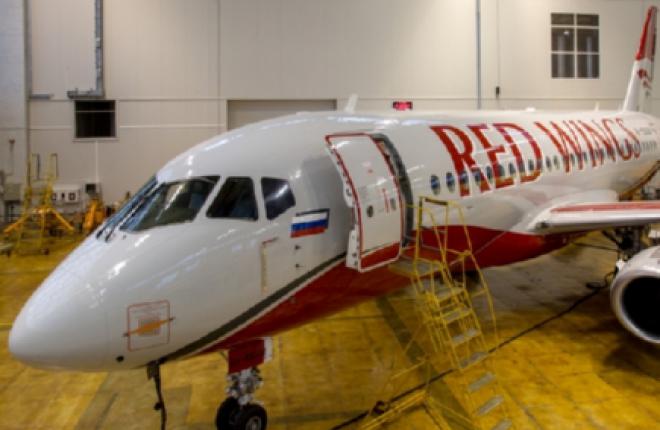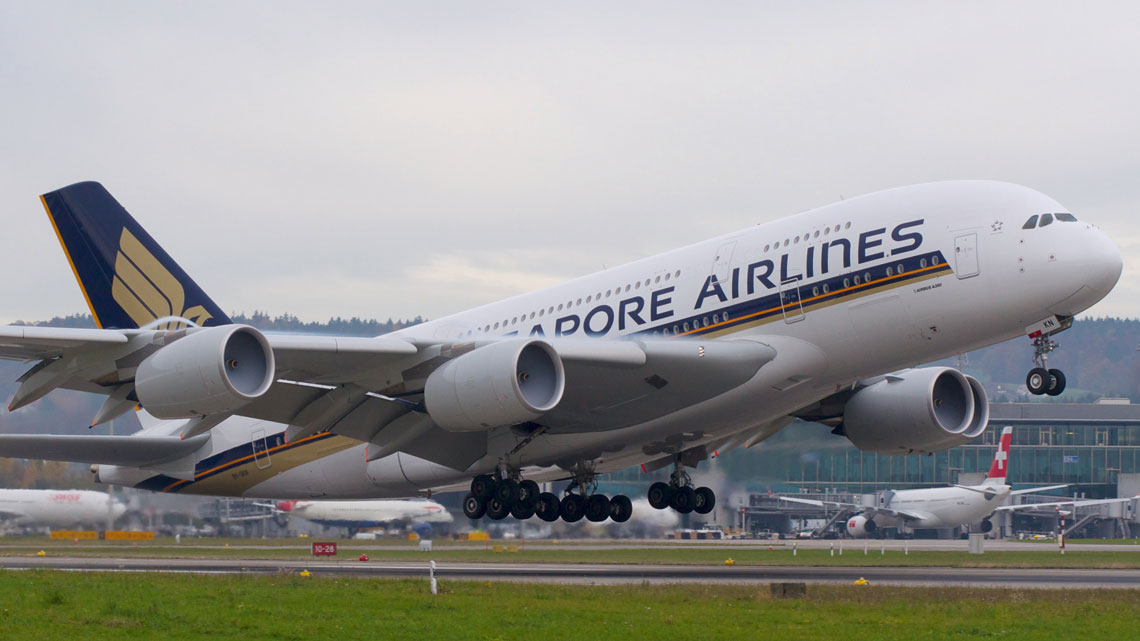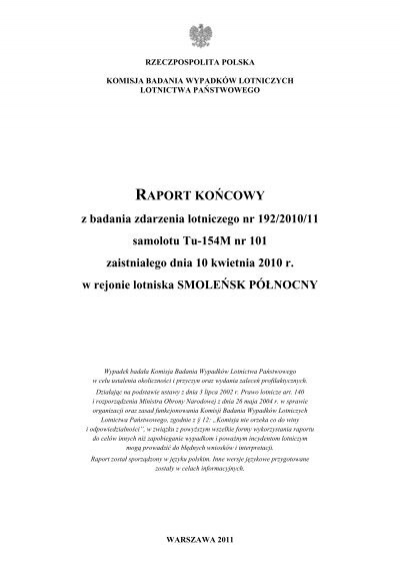
airline fleet 2016

airline fleet 2016
The world's airlines operate 27,4 commercial aircraft, and their average age is twelve years. They have a single transport capacity of 3,8 million passengers and 95 thousand passengers. tons of cargo. The most popular aircraft are the Boeing 737 (6512), Airbus A320 (6510) and Boeing 777 series, while regional aircraft include Embraery E-Jets and ATR 42/72 turboprops. The largest fleet belongs to American airlines: American Airlines (944), Delta Air Lines (823), United Airlines and Southwest Airlines. The fleet of European carriers is 6,8 thousand people, and its average age is ten years.
Air transport is a modern and dynamically developing transport sector, which is at the same time one of the largest sectors of the world economy. High speed of movement, high travel comfort, safety and compliance with environmental requirements are the main criteria of activity. Around the world, transport tasks are performed by two thousand airlines that carry over 10 million passengers and 150 thousand passengers a day. tons of cargo, while amounting to 95 thousand cruises.
Airline fleet in statistics
In July 2016, there were 27,4 thousand commercial aircraft with a capacity of 14 or more passengers or equivalent cargo. This figure does not include aircraft assembled at maintenance centers and disposable equipment used by companies for their own needs. The largest fleet is 8,1 thousand. Aircraft are operated by carriers from North America (29,5% share). In the countries of Europe and the former USSR, a total of 6,8 thousand pieces are used; Asia and the Pacific Islands - 7,8 thousand; South America - 2,1 thousand; Africa - 1,3 thousand and the Middle East - 1,3 thousand.
The first place in the ranking of manufacturers is occupied by the American Boeing - 10 aircraft in operation (098% share). This figure includes the 38 McDonnell Douglas that had been produced by 675, when Boeing took over the company's assets. The second place is occupied by the European Airbus - 1997 8340 units (30% share), followed by: Canadian Bombardier - 2173 1833, Brazilian Embraer - 941, Franco-Italian ATR - 440, American Hawker Beechcraft - 358, British BAE Systems - 348 and Ukrainian. Antonov - 1958. It should be noted that the leader of the Boeing rating has been serially producing communication jets since 2016 and by the end of July 17 built 591 737 of them, most of them were B9093 (727 1974) and B9920 models. On the other hand, Airbus has been manufacturing aircraft since 320 and has built 7203 aircraft, including AXNUMX (XNUMXXNUMX).
The top ten airlines in terms of fleet size are six American, three Chinese and one Irish. The largest fleets are: American Airlines - 944 units, Delta Air Lines - 823, United Airlines - 715, Southwest - 712 and China Southern - 498. European carriers also have many aircraft: Ryanair - 353, Turkish Airways - 285, Lufthansa - 276. , British Airways - 265, easyJet - 228 and Air France - 226. In contrast, the largest fleet of cargo aircraft is operated by FedEx Express (367) and UPS United Parcel Service (237).
Airlines operate 150 different types and modifications of aircraft. Single copies are used, including: Antonov An-225, An-22, An-38 and An-140; McDonnell Douglas DC-8, Fokker F28, Lockheed L-188 Electra, Comac ARJ21, Bombardier CS100 and Japanese NAMC YS-11.
Over the past 12 months, 1500 new aircraft have entered service, including: Boeing 737NG - 490, Boeing 787 - 130, Boeing 777 - 100, Airbus A320 - 280, Airbus A321 - 180, Airbus A330 - 100, Embraer 175 - 80, bombardier. CRJ - 40, ATR 72 - 80, Bombardier Q400 - 30 and Suchoj SSJ100 - 20. However, 800 old machines were taken out of service, which was not very economical and did not always meet stringent environmental requirements. The recalled aircraft included: Boeing 737 Classic - 90, Boeing 747 - 60, Boeing 757 - 50, Boeing 767 - 35, Boeing MD-80 - 25, Embraer ERJ 145 - 65, Fokker 50 - 25, Fokker 100 - 20 and bombardier. Dash Q100/2/3 - 30. However, it should be noted that some of the discontinued passenger aircraft will be converted into a cargo version and will be part of the cargo fleet. The subject of their conversion modification will be: the installation of large cargo hatches on the port side of the hull, strengthening the floor of the main deck and equipping it with retractable rollers, installing devices for loading and unloading cargo, and arranging rooms for the spare crew.
